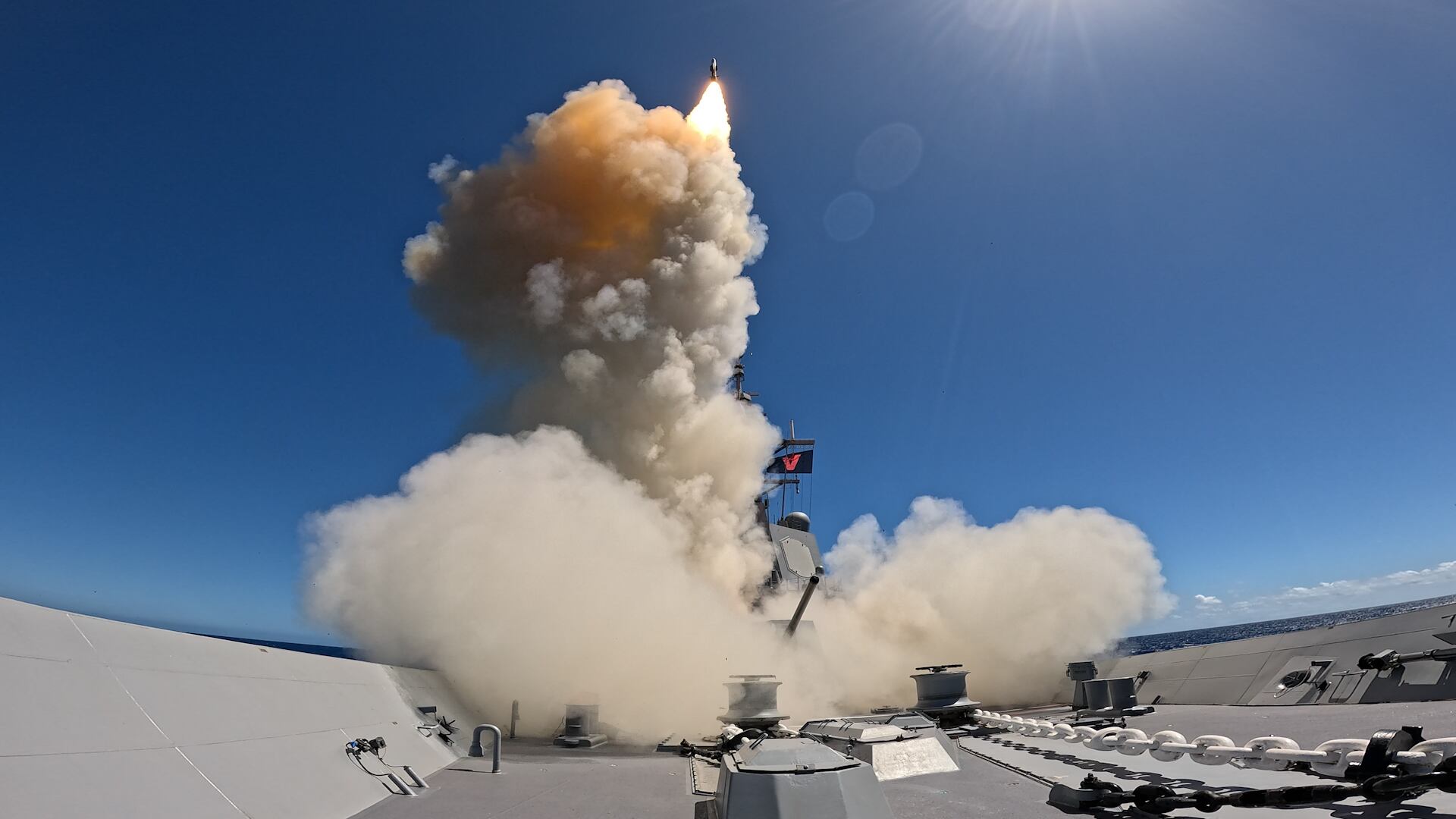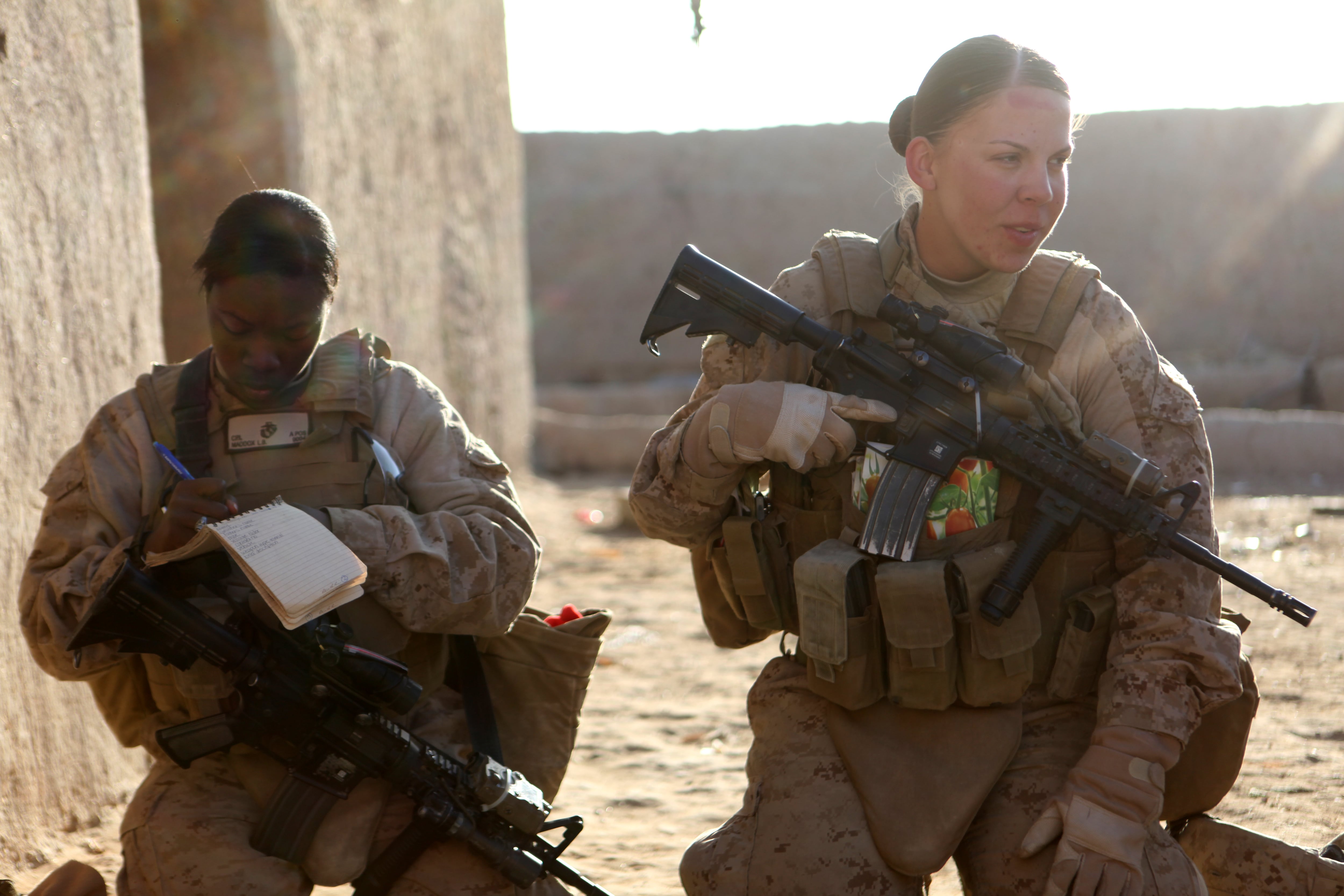Australia announced this week it was buying $4.7 billion in American-made SM-2 and SM-6 missiles — two of the world’s most advanced air defense interceptors — in a colossal foreign military sale.
The two governments finished the deal this spring but unveiled it Tuesday, Australia’s Minister for Defence Industry Pat Conroy said. He declined to give specific delivery numbers or a schedule, only saying that the funding would last for a decade.
“There was a strong view we needed to both upgrade the capability of air defense, but also increase the numbers of missiles we’re holding,” Conroy said in an interview while visiting Washington.
Missile defense is one of the top priorities listed in Australia’s 2024 defense strategy, published this April, which name drops the SM-6. In the plan, the government pledged to double its number of major warships and build a firmer defense industry of its own — as the country, like America, accepts competition with China as the norm.
Canberra’s defense budget, published a month after in May, committed a record $37 billion, or just over 2% of GDP, toward its military. The government aims to reach 2.3% of GDP, right now around $67 billion, by 2033-2034.
The SM, or Standard Missile, Block IIIC and 6 included in the sale will help Australia defend against advanced missile attacks and, in the case of the latter, can provide an anti-ship weapon. The American missile company Raytheon manufactures both, which have a medium and long range respectively.
“This combination of long range air defense, anti-ship strike capability ... and giving us our first ability to defend against ballistic missiles through terminal ballistic missile defense was a huge step forward for our navy,” Conroy said.
Australia became the first country outside America to fire the SM-6 from a warship this August, when the HMAS Sydney shot one during a military drill near Hawaii. The Pentagon’s proposed fiscal year 2025 budget requests 125 of the missiles for its own stocks.
The Army also adopted the SM-6 as part of its mid-range missile launcher that deployed to the Philippines this year, a mission that irked China.
While in Washington, Conroy met with the deputy secretary of defense and heads of the U.S. Army, Navy and Air Force, where they discussed work between the two defense industries and progress on the AUKUS agreement between Australia, the U.S. and Great Britain — a deal to share nuclear-powered submarines and advanced technology.
Noah Robertson is the Pentagon reporter at Defense News. He previously covered national security for the Christian Science Monitor. He holds a bachelor’s degree in English and government from the College of William & Mary in his hometown of Williamsburg, Virginia.





